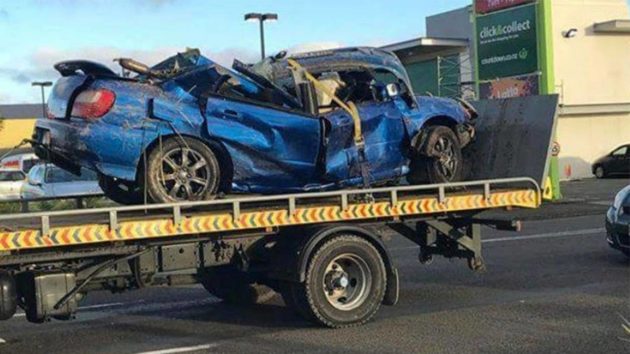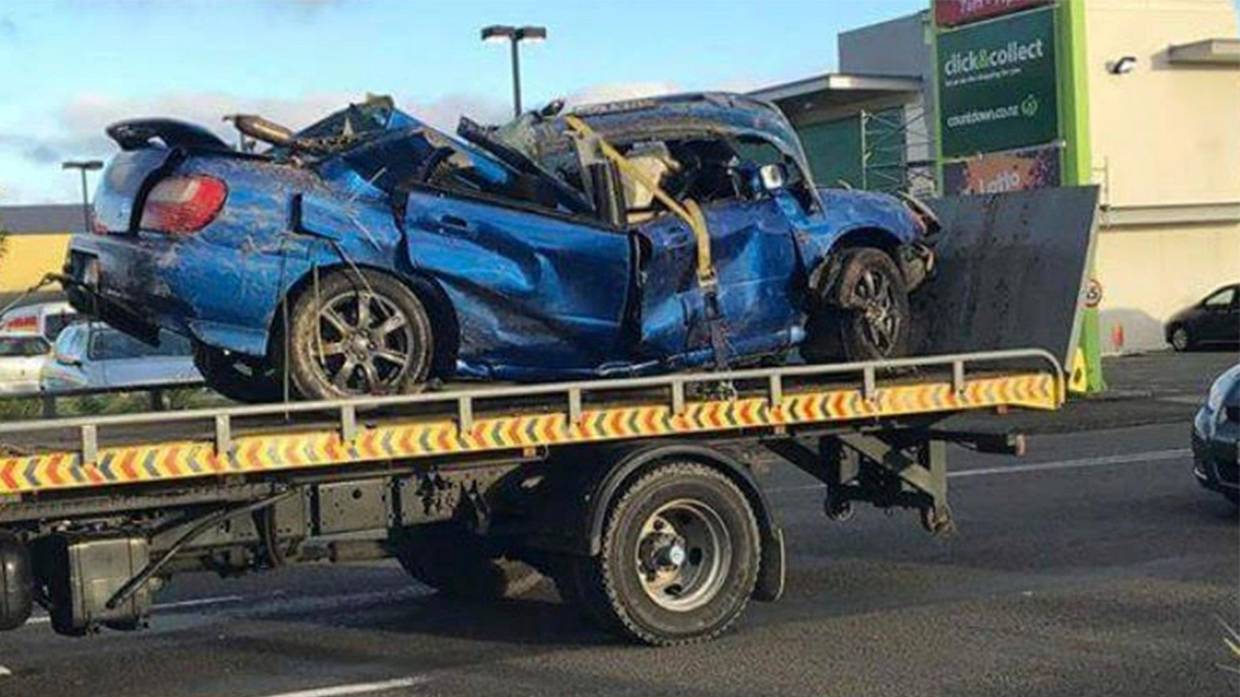
A 15-year-old unlicensed driver with a history of stealing cars breached his electronic bail conditions and stole another car. This young man was chased by police until he crashed the car, killing himself and one passenger and severely injuring the other passenger.
The Police Conduct Authority investigated and said that police should not have chased or tried to stop the stolen vehicle. Quote.
The officer did not make appropriate risk assessments before signalling the driver to stop, starting the pursuit or during the pursuit…” End of quote.
Stuff
The Police Conduct Authority has got this totally wrong. Of course police should pursue stolen vehicles. It’s their job. When they turn a blind eye they condone criminal behaviour and encourage crime.
Then there’s the “appropriate risk assessment”. Although the offender was known to police, the officer in pursuit was unaware of the 12 and 16-year-old young girls on board. Quote.
Police saw the car, but couldn’t identity who was inside. The car accelerated away and didn’t stop when signalled by police. Police chased the car for about 2½ kilometres before the car disappeared around a slight bend on State Highway 56 between Palmerston North and Longburn.
When the officer rounded the bend, he saw the car had crashed.
The shift commander did not have the time and information to decide about abandoning the chase, which lasted one minute and 26 seconds and covered 3.3km, before the crash.” End of quote.
The police chased the car for just under a minute and a half before the crash. How long does an “appropriate risk assessment” take and how reliable would this assessment be given the limited information available?
Do we need to set up a Criminal Conduct Authority to bring a bit of balance into judgments made by the Police Conduct Authority? Responsibility for the two needless deaths rests entirely with the young man who made a succession of bad decisions culminating in death and injury. Quote.
During the chase the officer thought Ihaia was of low risk to the public because Ihaia was in control of the car and the road was straight and dry. But during the chase the officer estimated the speed of the Subaru reached 160kmh.
The police serious crash unit later determined speed and Ihaia’s lack of control while cornering caused the crash.
The surviving passenger said Ihaia attempted to change gear before he lost control and he was inexperienced driving a manual car.” End of quote.
How could the police have known that the car was a manual and that the driver was inexperienced at driving a manual?
If the offender had survived the crash, would he have subsequently adopted risk aversion tactics such as:
(a) not breaking bail, or
(b) not stealing a car, or
(c) not choosing to steal a high performance car, or
(d) not choosing an manual car, or
(e) not collecting young girls to ride with him?
I’m not at all convinced on the merits of police becoming totally risk-averse simply because criminals won’t bother. Why create an uneven playing field? Sometimes you just have to let the cards lie where they fall. Quote.
Authority chairman, Judge Colin Doherty, said a risk-averse approach to fleeing drivers needed to be embedded into police staff when it came to chases. Ihaia posed a “significant risk” to himself and others in a pursuit.” End of quote.
This was a tragic accident that could have been avoided. At the very least, we should thank the police involved for doing their jobs; not using this incident to hamper them.
The attitude of the Police Conduct Authority is a significant risk to public safety because it weakens police authority and encourages crime.

